Meteor Lake is Intel’s first processor manufactured on in-house 4nm node, an important milestone. It is also, paradoxically, Intel’s first processor manufactured at TSMC, as many of its parts are outsourced in this way – a milestone too. This is the first mainstream Intel processor to use chiplets (or tiles) and advanced 3D packaging. It’s almost and extra beyond that, that there are new CPU cores, new GPU, and a new NPU for AI acceleration. Read more “Intel unveils Meteor Lake processors: 4nm, tiles, Xe LPG graphics”
Category: Processors
AMD launches Epyc 8004: lower-cost, lower-power SP6 platform
This year, AMD has already released the Epyc 9004 “Genoa”, a 96-core server version of the Zen 4 architecture and even the HPC Genoa-X models equipped with 3D V-Cache. Now they are joined by a separate family – processors codenamed Siena, which are specifically designed for lower power draw and lower cost. They have their own SP6 platform with six-channel memory controller (so the boards should cost less too) and TDPs starting from 70W. Read more “AMD launches Epyc 8004: lower-cost, lower-power SP6 platform”
AMD Zen 6 requiring new socket? Server roadmap may suggest so
Last week, a roadmap (or rather a cutout of it) apparently coming from one of the manufacturers of servers and similar hardware that was showing the planned products of the major players – Intel, AMD and Nvidia – was made public on the internet by leaker YuuKi_AnS. It appears to be showing the plans for 2025 or 2026, so time still quite a bit far off and product generations following those that are to come to market now. Read more “AMD Zen 6 requiring new socket? Server roadmap may suggest so”
Intel Meteor Lake integrates LPDDR5X memory onto the CPU
When Apple released their first ARM processors for computers in 2020 (Apple Silicon M1), one of the distinguishing features was that the RAM was tightly integrated directly on the processor’s package (substrate), which was called “On-Package Memory”. This allowed for a reduction in power draw and was considered one of the sources of power efficiency for these CPUs. It looks like Intel’s CPUs will now start using the same concept. Read more “Intel Meteor Lake integrates LPDDR5X memory onto the CPU”
AMD Strix Point: 12 cores, 1024 RDNA 3.5 architecture shaders
The year 2024 is slowly approaching, in which Zen 5 based AMD Ryzen 8000 processors should come out. Now, a HWiNFO leak has hit the internet, apparently taken on a sample of such a processor, which slipped out from AMD or some board manufacturer, or that someone at those companies screencapped. Thanks to this we have a look at some of the specs of a Strix Point APU, i.e. the Ryzen 8050 for laptops with integrated RDNA 3.5 graphics. Read more “AMD Strix Point: 12 cores, 1024 RDNA 3.5 architecture shaders”
Threadripper Pro 7995WX: 96 cores, 5.15 GHz, record performance
AMD’s Zen 4 processors achieved performance leadership in servers with the 96-core Epyc 9004 “Genoa” (and the 128-core cloud version “Bergamo”). Now this technology is branching into high-end desktop and workstations. The release of Ryzen Threadripper processors with Zen 4 architecture is probably closing in, as a production sample has leaked in the Geekbench benchmark – and it’s the highest SKU that will lead the whole line-up. Read more “Threadripper Pro 7995WX: 96 cores, 5.15 GHz, record performance”
Pentium is gone, but dual-cores live on: “Intel 300” is coming
Last year, Intel announced the end of the once famous Celeron and Pentium brands that have since been relegated to the bottoms of lowend, with cheapest CPU lines no longer bearing any special name. Such E-Core-only “Intel Processors” have appeared in laptops, but desktop has note yet caught up with the rebranding – until now. Desktop “Intel processor” SKUs will however be based on the big cores. You’ll still only get dual-core, though. Read more “Pentium is gone, but dual-cores live on: “Intel 300” is coming”
Intel’s 4nm process: Meteor Lake processors will reach 5.1+ GHz
Not long ago, we wrote here about the clock speeds expected from Intel’s first 4nm processors, the mobile Meteor Lake. There were widespread concerns that this new technology would again suffer from clock speed regression, as seen with Intel’s early 10nm process. Recently, however, things are starting to look positive, and so Meteor Lake could end up doing very well, with these processors running above the 5.0 GHz threshold. Read more “Intel’s 4nm process: Meteor Lake processors will reach 5.1+ GHz”
AVX10 seeks to replace AVX-512, will work on big.LITTLE CPUs
Yesterday we reported that x86 processors – at least those from Intel – will get Advanced Performance Extensions (APX), a major change in the programming of these CPUs. But Intel is also planning big changes to SIMD instructions with AVX10 technology, which will unify vector extensions whose subsets are now a mess, and should also address the problem of big.LITTLE processors. But this may in turn kill the true 512-bit SIMD capability of AVX-512. Read more “AVX10 seeks to replace AVX-512, will work on big.LITTLE CPUs”
Intel APX: x86 ISA upgrade to catch up with newer architectures
Recently, Intel announced the so-called x86-S architecture – a proposal to cut legacy baggage of the x86 processor platform. Another modernization effort of the traditional instruction set used in personal computers has been announced now. Future CPUs will get Intel APX (Advanced Performance Extensions), that break through some of the historical limits of this 40-year-old ISA and brings it somewhat closer to newer architectures. Read more “Intel APX: x86 ISA upgrade to catch up with newer architectures”
Intel LGA 1851: No changes and ending support for current coolers?
There are reports that the upcoming Intel LGA 1851 socket will have different cooler requirements. This is even while maintaining the same physical dimensions of the mounting holes or processors as such. A forceful way of selling new coolers? This may not be the case and the real reason may be purely technical. And we probably have some idea why processors from the Arrow Lake generation onwards will benefit from more downforce. Read more “Intel LGA 1851: No changes and ending support for current coolers?”
Ryzen 5 7500F will launch at the end of July, but only in China
Just recently, information surfaced online about a new AMD processor with Zen 4 architecture that could be the most affordable model yet on the AM5 platform – the Ryzen 5 7500F, which would be a six-core with disabled graphics that, at a low enough price, could be the answer to Intel’s popular Core i5-13400F. But it looks like, as with the Ryzen 5 5600X3D, we won’t be able to get our hands on it, at least not for now. Read more “Ryzen 5 7500F will launch at the end of July, but only in China”
Raptor Lake Refresh: Core i7-14700K has 20 cores, benchmarks leak
There are currently news about AMD releasing the Ryzen 5 7500F CP as a cheaper alternative to the 7600 hexacore, but there’d also big news in the Intel camp – the first processor from Raptor Lake Refresh generation, which is expected to come in Fall. Info about the Core i7-14700K has now leaked. This tier of CPUs was already attractive in the previous generations, and now it’s getting bigger with more cores added. Read more “Raptor Lake Refresh: Core i7-14700K has 20 cores, benchmarks leak”
Intel Arrow Lake and Lunar Lake CPUs will reportedly drop HT
It was recently revealed that Intel will end the distinctive “Core iNumber” CPU branding that has served it since the groundbreaking Nehalem architecture. But it might also abandon a much more important constant that came with these processors: the ability to process two threads one a big core known as Hyper Threading or HT technology (which originated in Pentium 4, but it was only after its return in Nehalem that it really shone). Read more “Intel Arrow Lake and Lunar Lake CPUs will reportedly drop HT”
Ryzen 7 7800X3D: Ahead of Core i9 for gaming at 40% power draw
The most popular Ryzen 7000 with 3D V-cache obliterates competition in its targeted environment. Intel doesn’t measure up to the Ryzen 7 7800X3D in a comparable price range in terms of speed, and even if someone disregards price and sees the Core i9-13900K(S) as a an apt competitor, when comparing power draw, everyone’s appetite for Intel will go away. Their efficiency is… incomparable, as each is at a different end of the spectrum. Read more “Ryzen 7 7800X3D: Ahead of Core i9 for gaming at 40% power draw”




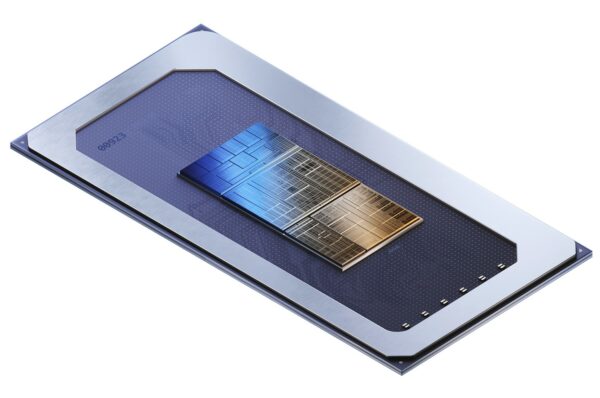
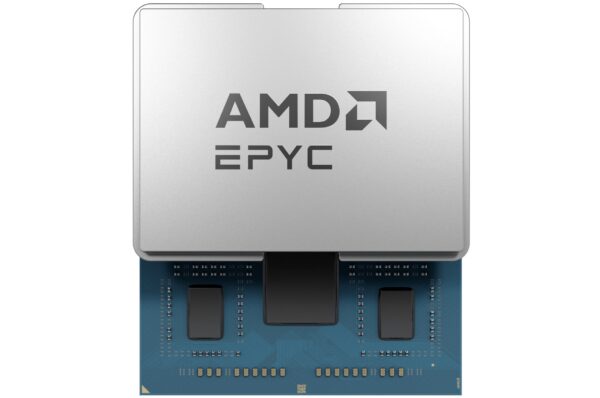
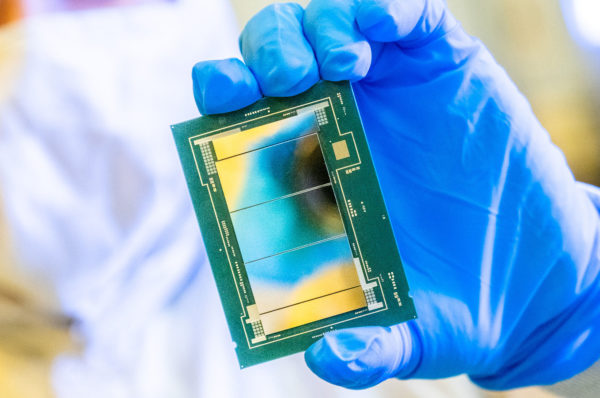
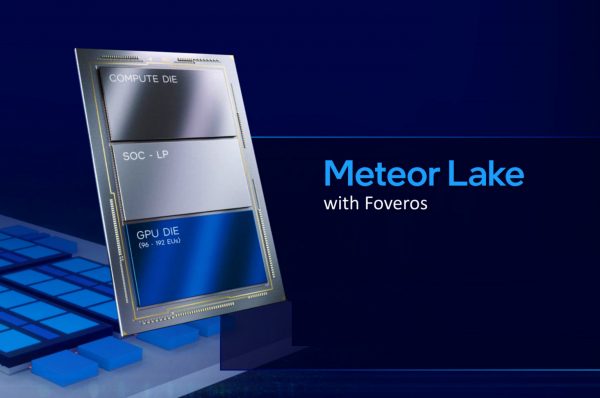
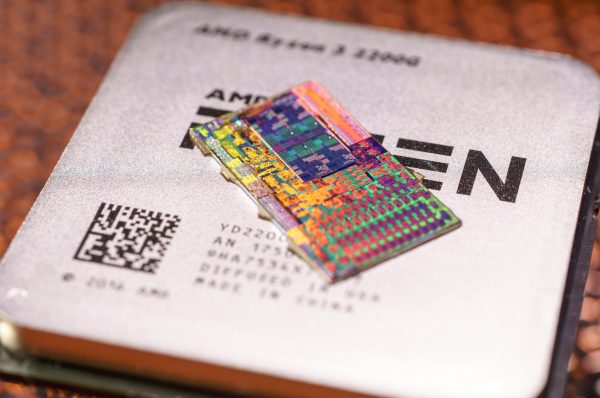
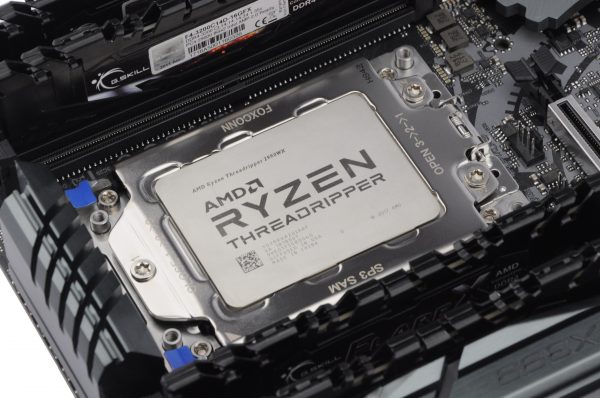
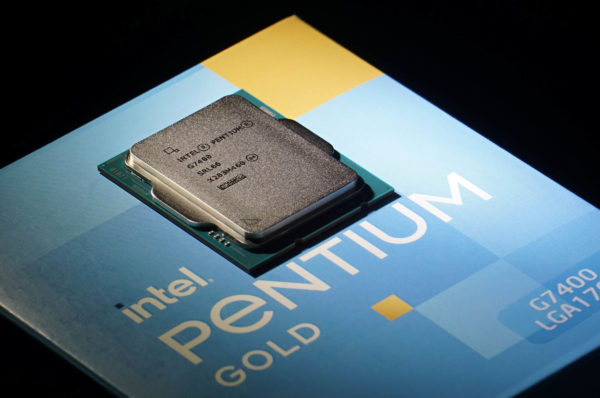
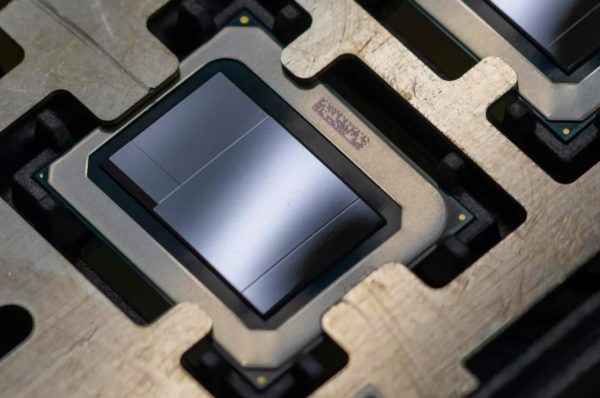
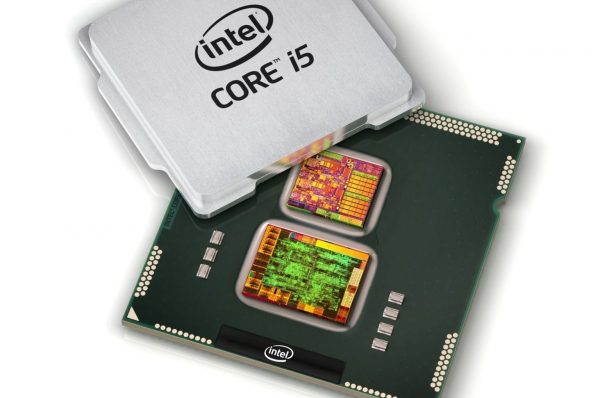
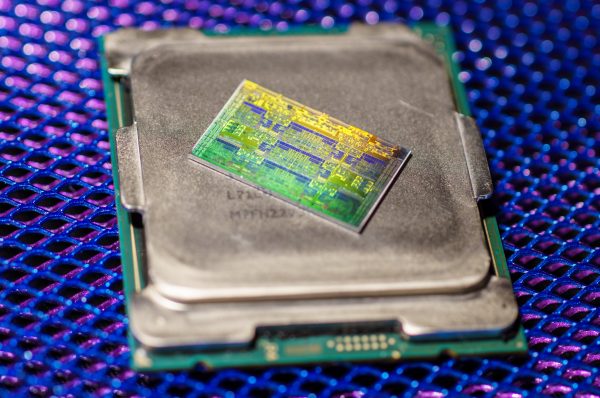
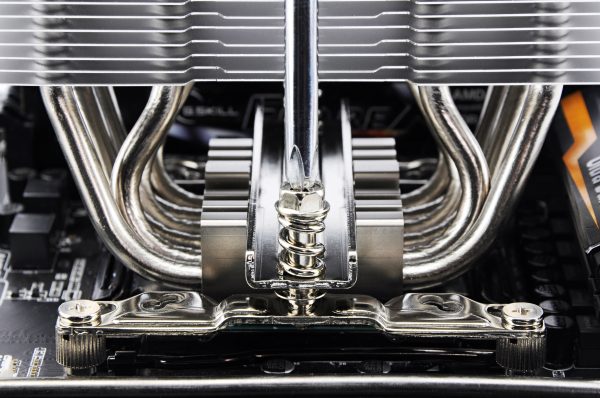
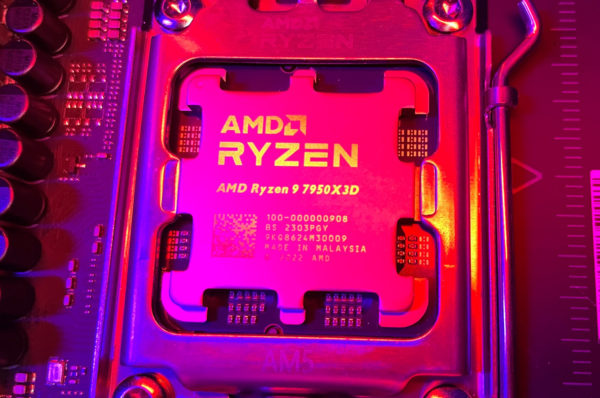
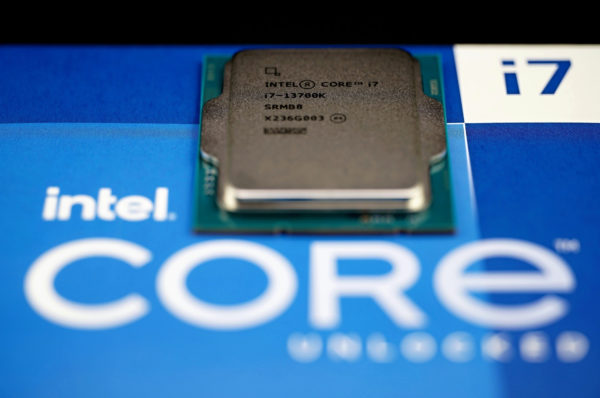
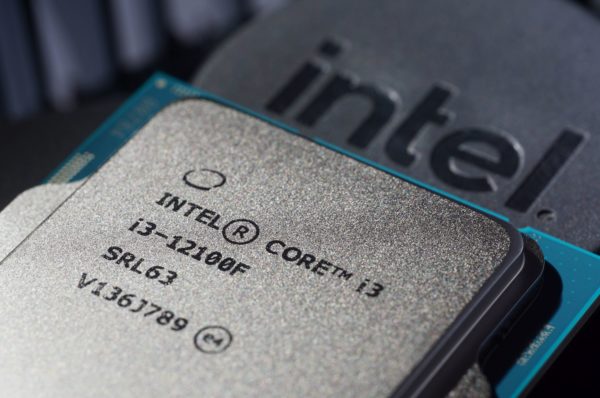
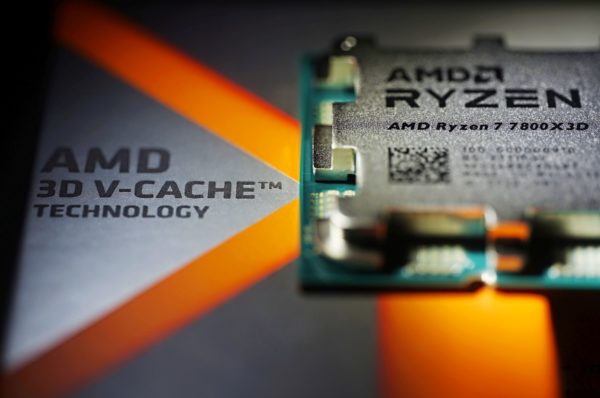



Latest comments